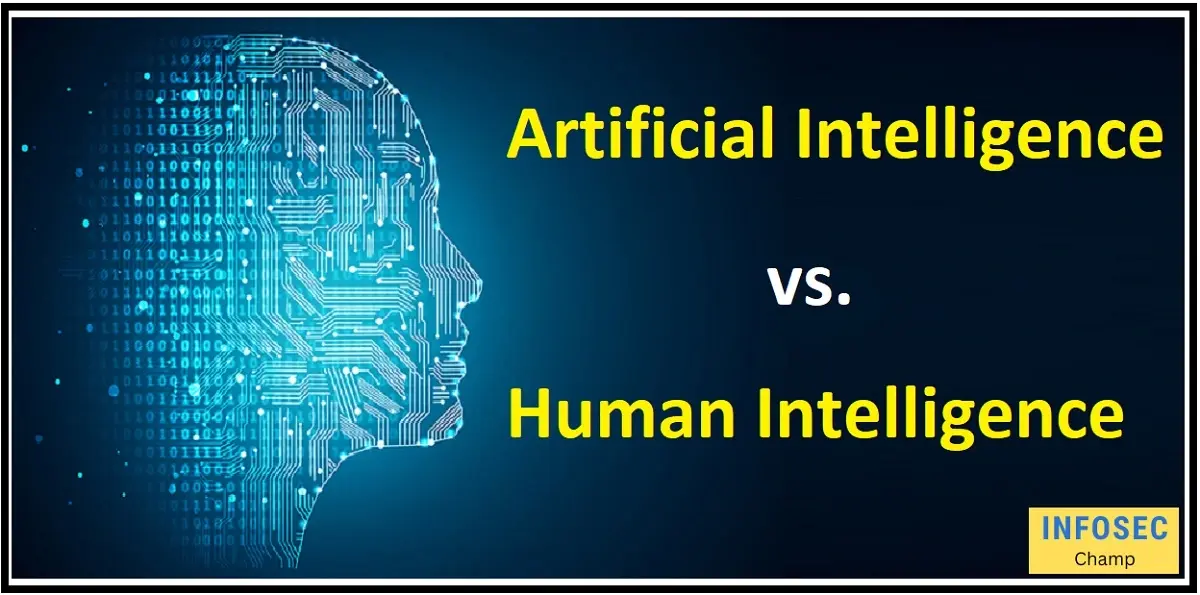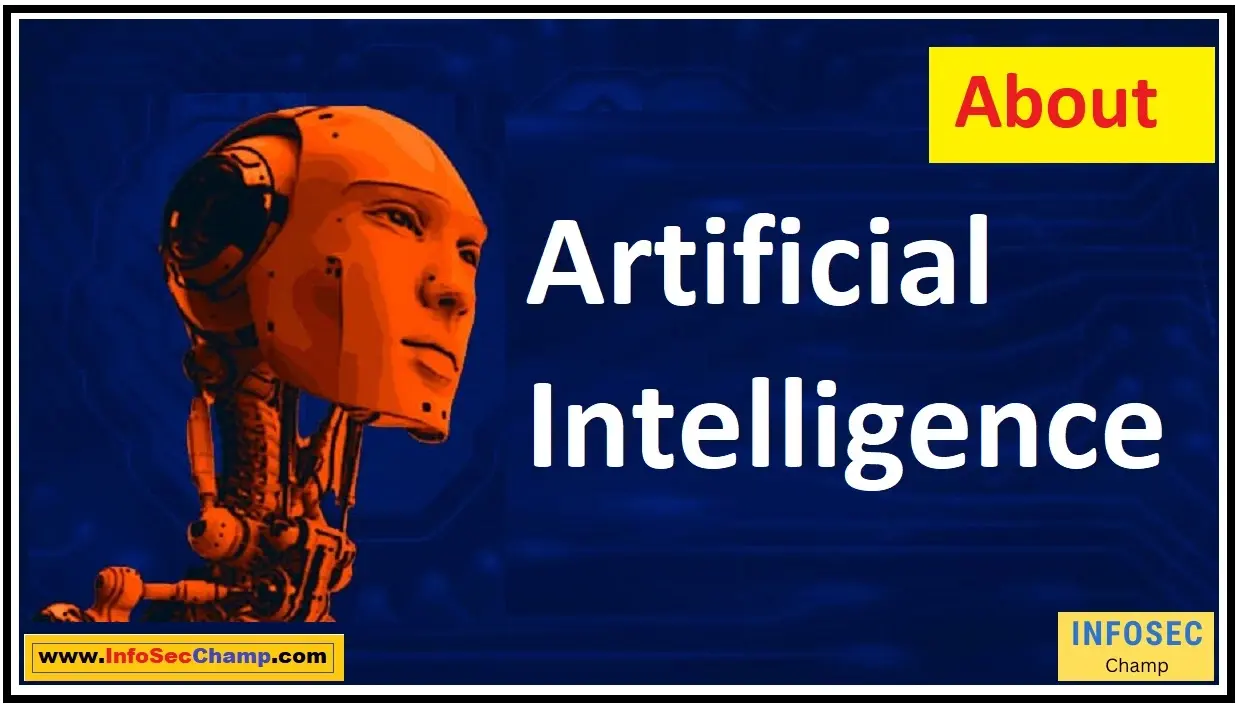“Are robots taking over the world? The shocking truth about artificial intelligence will make you question everything you know in 250 words” Artificial intelligence is no longer a concept from science fiction novels. It has already taken over many of our daily routines and is revolutionizing the way we live our lives. But are we truly aware of the impact AI is having on our world? Experts warn that we may be getting too complacent, blind to the consequences of surrendering our lives to intelligent machines.
The rise of AI has already disrupted several industries, from healthcare to finance, and is projected to replace millions of jobs in the coming years. AI systems are also known to display signs of bias and discrimination, which can lead to dire consequences for certain groups.
But the greatest danger may be the potential for AI to take control, leading to the enslavement of human beings. With the development of super-intelligent machines, some experts believe we may be creating our own doom, as portrayed in Hollywood blockbuster movies.
The truth is, we are at a crossroads in history, and the choices we make today will have lasting consequences for future generations. The question is, are we ready to face the truth about the power of artificial-intelligence? It’s time to wake up and take charge of our future before it’s too late.”
What is Artificial Intelligence and How Does It Work?
- Artificial intelligence (AI) refers to the simulation of human intelligence in machines that automates routine work and addresses challenging issues without explicit guidance.
- Artificial intelligence (AI) analyses data using machine learning and pattern recognition algorithms and then uses that data to create predictions or judgements.
- Training and inference are the two main parts. The act of feeding the system data and modifying its algorithms to increase accuracy is known as training. Applying previously learnt information to fresh data in order to draw conclusions or forecast future events is known as inference.
- Narrow or weak AI, general AI, and super AI are the three categories of artificial intelligence. While wide AI can carry out every intellectual work that a human can, narrow AI can only execute one or a small number of focused tasks. Super AI, which is speculative and describes the intelligence that outperforms human intelligence in every domain, is artificial-intelligence.
The Benefits and Risks of Using Artificial Intelligence in Today’s World
Benefits:
- Increased production and efficiency across a variety of industries, including manufacturing, banking, and healthcare.
- Minimized human error and increased decision-making precision.
- Artificial intelligence (AI) can be used to decipher large amounts of data and solve complex issues.
- Humans can now concentrate on more creative or strategic work by automating repetitive or harmful duties.
Risks:
- If not properly built and tested, AI systems have the potential to perpetuate bias and discrimination.
- Negative results might result from a lack of accountability and transparency in decision-making.
- The possibility of economic inequality and job loss if some functions are performed by computers instead of people.
- The danger of cyberattacks and data breaches, especially in light of the growing usage of AI in delicate sectors like finance and healthcare.”
The Top 5 Industries That Are Being Transformed by Artificial Intelligence
- Artificial intelligence (AI) – is revolutionizing the healthcare industry by facilitating improved patient diagnostics, efficient drug discovery, and improved patient experience.
- Transportation – AI is changing the transportation industry with predictive maintenance, autonomous driving, and intelligent logistics.
- Banking & Finance – Artificial intelligence (AI) enables financial firms to automate customer service, detect fraud, and offer tailored investment advice.
- Retail – AI is revolutionizing the retail business by providing personalized shopping experiences, intelligent inventory management, and supply chain analytics.
- Manufacturing – AI is automating industrial processes, increasing overall effectiveness, and lowering costs by foreseeing maintenance requirements.
How Machine Learning is Advancing Artificial Intelligence to New Heights
- Better decision-making – AI can now decide based on previously analyzed data and forecast future results thanks to machine learning.
- Improved customer experience – Machine learning can assist organizations in giving customers the individualized service they desire by evaluating customer data.
- Improved efficiency – Machine Learning can save time and costs by automating operations that were previously done manually.
- Businesses can get a competitive edge by using predictive analytics and machine learning algorithms to identify patterns or significant customer actions.
- Fraud detection – Using machine learning, artificial-intelligence (AI) can spot possible fraudulent actions and thwart them before they start, saving firms money.
The Ethical Dilemmas Surrounding Artificial Intelligence: A Critical Analysis
- A sophisticated technology, artificial-intelligence (AI) has both positive and negative applications.
- Data privacy, accountability, transparency, and bias are some of the ethical issues raised by AI.
- Artificial intelligence (AI) algorithms may be prejudiced towards specific groups, which can result in prejudice and social injustice.
- To ensure that AI is used responsibly and ethically, ethical standards should be set.
- The impacts of AI on society, such as the distribution of income and the loss of jobs, must be taken into account.
- To stop the unethical usage of AI, regulations should be put in place to regulate its development and use.
- To make sure that their opinions are heard and their concerns are taken into consideration, AI development should be done in partnership with other stakeholders.
- It is the duty of the tech sector to guarantee that AI is applied in a way that benefits society as a whole, rather than simply a select few people or organizations.
How Natural Language Processing is Enabling Communication with Artificial Intelligence
- Computers can comprehend and interpret human language thanks to a type of artificial-intelligence called natural language processing.
- It has the ability to completely change how we engage with technology and machines.
- Humans and robots can converse using speech, text, and other linguistic forms thanks to natural language processing.
- Chatbots, virtual assistants, and language translation services are just a few of the applications of this technology.
- It has the potential to significantly boost accessibility for people with impairments, automate commercial procedures, and improve customer service.
- Natural language processing developments are also making it possible to analyze enormous amounts of data more effectively, which enhances decision-making abilities.
- As this technology develops, it is critical to address ethical issues related to data privacy, security, and misuse.
- Natural language processing can enhance our lives and enable more effective and efficient communication with the right implementation and regulation.

Artificial Intelligence vs. Human Intelligence: Which One is Better?
Understanding the Differences Between Artificial and Human Intelligence
- Artificial intelligence refers to a machine’s ability to simulate human cognitive processes including learning, problem-solving, and decision-making.
- Contrarily, the term “human intelligence” describes the brain’s inherent cognitive functions, such as perception, logic, and creativity.
- While AI excels at some jobs, such as handling massive amounts of data or carrying out risky and repetitive operations, human intelligence still reigns supreme in domains requiring adaptability, empathy, and creativity.
- Humans naturally possess intuition, empathy, and social awareness, which AI lacks.
- While AI can make decisions based on predetermined rules and algorithms, people can make decisions based on their intuition and experiences.
- It is crucial to remember that artificial-intelligence (AI) is a tool to complement and enhance human skills rather than a substitute for human intelligence.
How Robotics and Artificial Intelligence are Collaborating to Revolutionize Industry
Examining the Role of Robotics and AI in Industry
- By automating tedious and risky jobs, increasing productivity, and cutting costs, robotics and AI are fundamentally changing the manufacturing sector.
- Robots are trained to carry out a variety of tasks, including welding, material handling, and painting, freeing up people to concentrate on more complex jobs.
- Predictive maintenance aided by artificial-intelligence (AI) can assist identify issues before they arise, reducing downtime and eventually boosting profitability.
- By taking over risky duties like operating powerful machinery or working in dangerous environments, robotics and AI can help increase safety in the workplace.
- Robotics programming and upkeep are just two examples of the specific talents that will be needed as a result of the industry’s integration of robotics and AI.
- Notwithstanding their advantages, robotics and AI are not without drawbacks, including the potential for employment displacement and the requirement for cybersecurity.
- To fully realize the promise of these technologies as we continue to develop and create them, it is critical to understand both their opportunities and constraints.
The Fascinating History of Artificial Intelligence: From Antiquity to the Present Day
- Ancient Greek philosophers who were interested in the nature of logic and reasoning can be found in the early stages of artificial intelligence (AI).
- The advent of the digital computer and the idea of automation is credited with the creation of modern artificial intelligence (AI).
- The invention of programming languages and the first neural networks occurred in the 1950s, resulting in important advances in the field of artificial intelligence.
- Expert systems that could simulate how humans make decisions were developed in the 1960s and 1970s.
- By the 1980s, AI technology had begun to find practical applications in sectors including finance, healthcare, and transportation.
- Intelligent agents that could make judgements and perform acts on behalf of people first appeared in the 1990s.
- Machine learning and deep learning, where computers can learn from data and progressively improve their performance, are at the heart of the state of artificial intelligence today.
Overall, the history of AI is a fascinating journey that has brought us to the current state of intelligent machines.
How Artificial Intelligence is Helping Solve Some of the World’s Biggest Problems
- AI is being used in the healthcare industry to aid with issues like bettering diagnostics and drug development.
- In the realm of environmental science, artificial intelligence (AI) is assisting in the monitoring of ocean temperatures and the forecasting of natural disasters like hurricanes and tornadoes.
- AI is also essential in tackling issues related to climate change, such as lowering carbon emissions and maximising energy use.
- By offering insights into variables like soil quality and weather patterns, artificial intelligence (AI) in agriculture is assisting in agricultural yield optimization and waste minimization.
- AI is transforming the way we approach transportation, with applications ranging from self-driving cars to traffic flow optimization in urban settings.
- AI is being utilised in the field of education to create individualised learning programmes for kids that take into account each student’s unique skills and weaknesses.
Overall, AI has the potential to be a transformative technology that could help us tackle some of the world’s biggest problems.”
FAQ:
What is the difference between Artificial Intelligence and Machine Learning?
A: Artificial Intelligence is the ability of a machine to perform tasks that typically require human intelligence. Machine Learning is a subset of AI that involves training machines on large amounts of data to make predictions or decisions without being explicitly programmed.
How does Artificial Intelligence impact the job market and employment?
A: AI is expected to automate certain jobs, leading to job displacement in some sectors. However, it will also create new jobs in AI development and maintenance.
Is Artificial Intelligence capable of demonstrating human-like emotions and empathy?
A: Currently, AI is not capable of genuine emotions or empathy. While it may simulate emotions or respond empathetically, it is based on programmed responses.
What are the main risks and challenges associated with Artificial Intelligence development?
A: Some of the main risks and challenges include bias in AI decision-making, job displacement, security and privacy concerns, and the potential for AI to surpass human control.
How can we ensure that Artificial Intelligence is developed and used in an ethical and responsible manner?
A: To ensure the ethical and responsible development and use of AI, we need to establish ethical guidelines and regulations, develop transparent and accountable decision-making processes, and involve diverse groups of people in AI development and implementation.”

